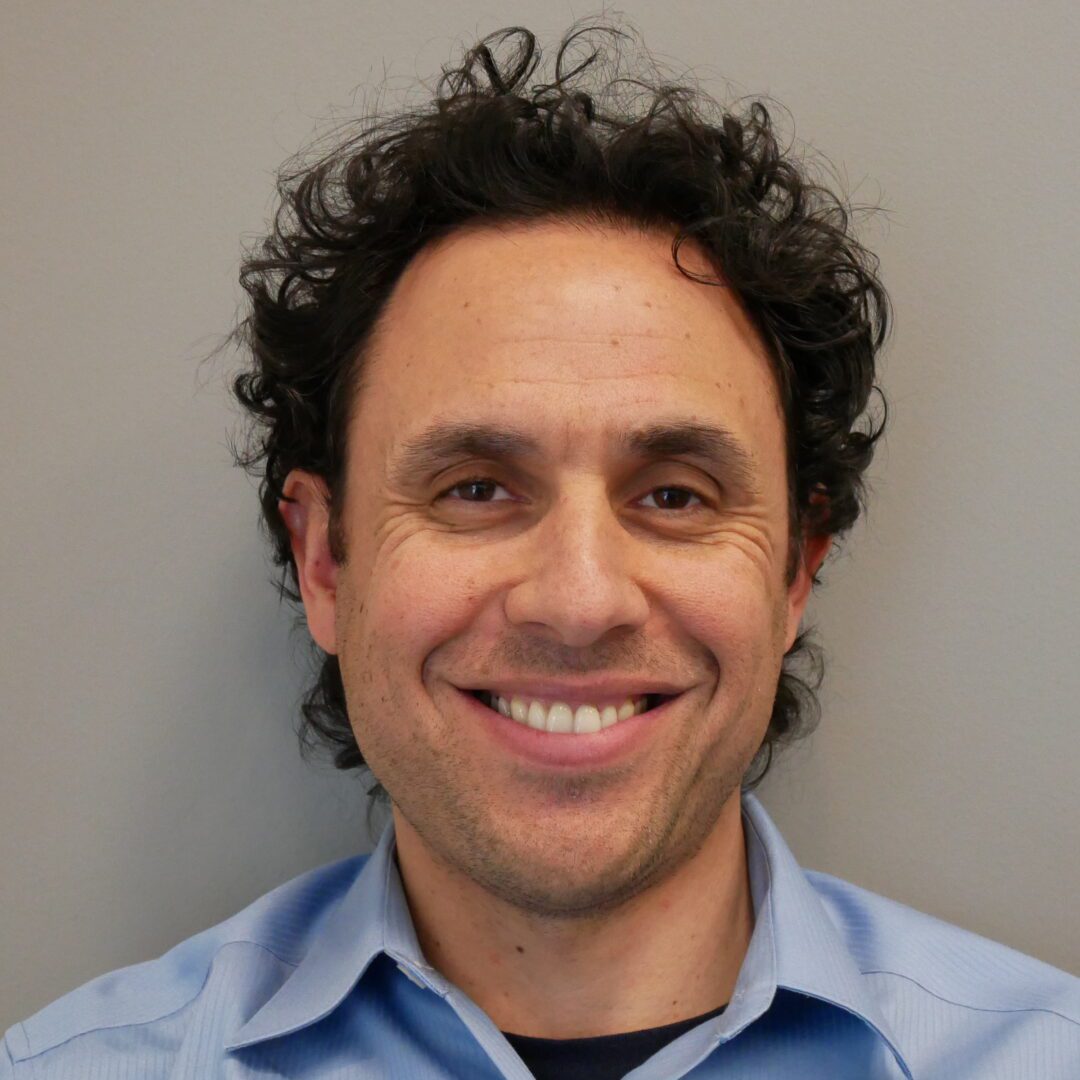
Transmission Access Charges Campaign update
How the Clean Coalition is continuing to advocate for California ratepayers and renewables.
Since the fall of 2015, the Clean Coalition’s Transmission Access Charges (TAC) Campaign has continued to build momentum to remedy an unfair charge on local renewable energy in California. TAC are fees designed to pay for the state’s transmission system. Currently, TAC are charged for all energy consumed by customers – even for distributed energy resources (DER) that don’t use the transmission system. This creates a major market distortion that disadvantages clean local energy.
Reforming the TAC structure is critical to controlling the rapidly escalating costs of transmitting electricity in California. Although TAC amount to about 1.9 cents per kilowatt-hour (kWh) today, this figure is expected to climb to 4.5 cents per kWh in the coming years. This means that over a 20-year contract, TAC will add about 3 cents per kWh to the levelized cost of energy – about 30% of the wholesale value of energy in California.
Because the costs of generating electricity are declining so fast, TAC may become more expensive than the energy itself. A key solution to this growing problem is to align the costs of the system with its use. To ensure that users of the transmission system pay for it, TAC should apply only to energy that is delivered through the transmission system.
Reviewing the TAC pricing structure
In an effort to fix the way TAC are assessed, in 2017 the Clean Coalition sponsored Senate Bill (SB) 692, authored by Senator Ben Allen. The bill required the California Independent System Operator (CAISO) to review the TAC pricing structure through stakeholder initiatives. After shepherding the bill through the California Senate and enlisting the support of nearly 90 organizations, the Clean Coalition succeeded in moving CAISO to initiate a stakeholder process to review the TAC structure.
CAISO’s first straw proposal, released this January, proposed continuing to charge DER for using the transmission grid, rather than reforming the TAC. In response, the Clean Coalition issued a white paper detailing how the current TAC structure discriminates against DER – and actively punishes those load-serving entities (LSE), such as Community Choice Aggregators or utilities, that help reduce transmission costs by procuring distributed generation.
The Clean Coalition’s white paper argues for assessing transmission charges using the Transmission Energy Downflow (TED), the metered energy flow from higher to lower voltages across defined transmission interfaces. The detailed economic and technical analysis in the white paper demonstrates that TED is the superior basis for assessing TAC compared to Customer Energy Downflow, the metered energy flow measured across end-use customer meters.
Under the principles established by the Federal Energy Regulatory Commission (FERC), TAC should allocate the costs of the transmission system to the beneficiaries of that system. Those beneficiaries are overwhelmingly the customers who use the transmission system to deliver energy to their homes and businesses. While all customers also receive other benefits from the transmission system, these are a much smaller component as judged by market payments – and these benefits are delivered from both distributed generation and transmission-connected generation.
Saving ratepayers money
In the TAC stakeholder proceeding, CAISO has been denying that distributed generation reduces transmission investment. However, in its transmission planning process, CAISO has found the opposite: distributed generation and energy efficiency have caused the cancellation of some 20 transmission projects, saving California ratepayers around $2.6 billion. Clearly, the entities that are responsible for these ratepayer savings should be accounted for in assigning the costs of the transmission system.
Moving forward
This February, the Clean Coalition, along with 29 DER developers, energy organizations, and experts – including 350 Bay Area, Climate Action Campaign, Enphase, Pristine Sun, and Sierra Club California – wrote a sign-on letter of support calling for fixing the TAC structure.
The letter urged CAISO to reform its TAC formula to measure transmission use based on the energy actually flowing from the transmission grid at the transmission-distribution interface as TED, instead of charging for transmission use on all energy drawn at the customer meter regardless of whether or not it used the transmission grid to reach the customer.
Moving forward, the Clean Coalition is exploring amendments to SB 692 to direct CAISO, the California Public Utilities Commission, and all LSEs to align transmission costs with transmission usage. We are also pursuing actions at FERC to advocate for eliminating the market distortion against distributed energy in California.

